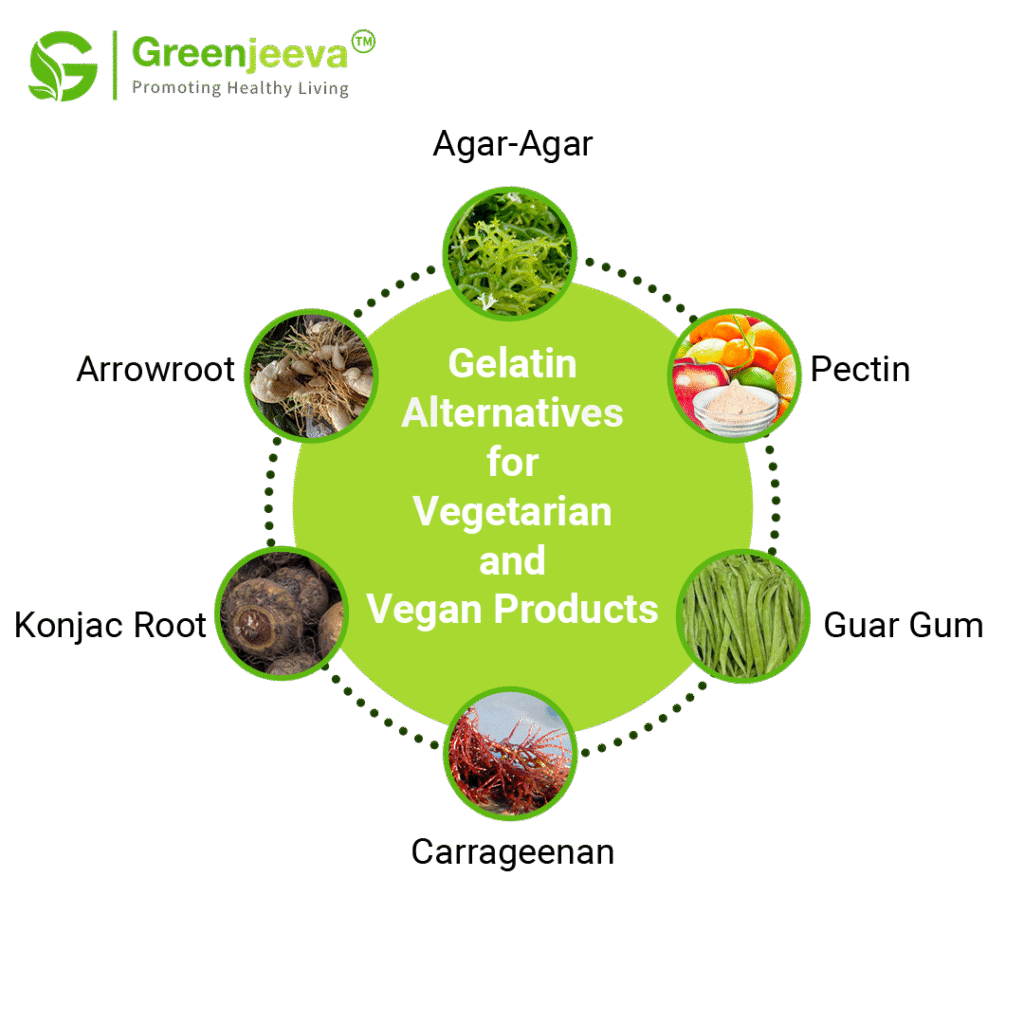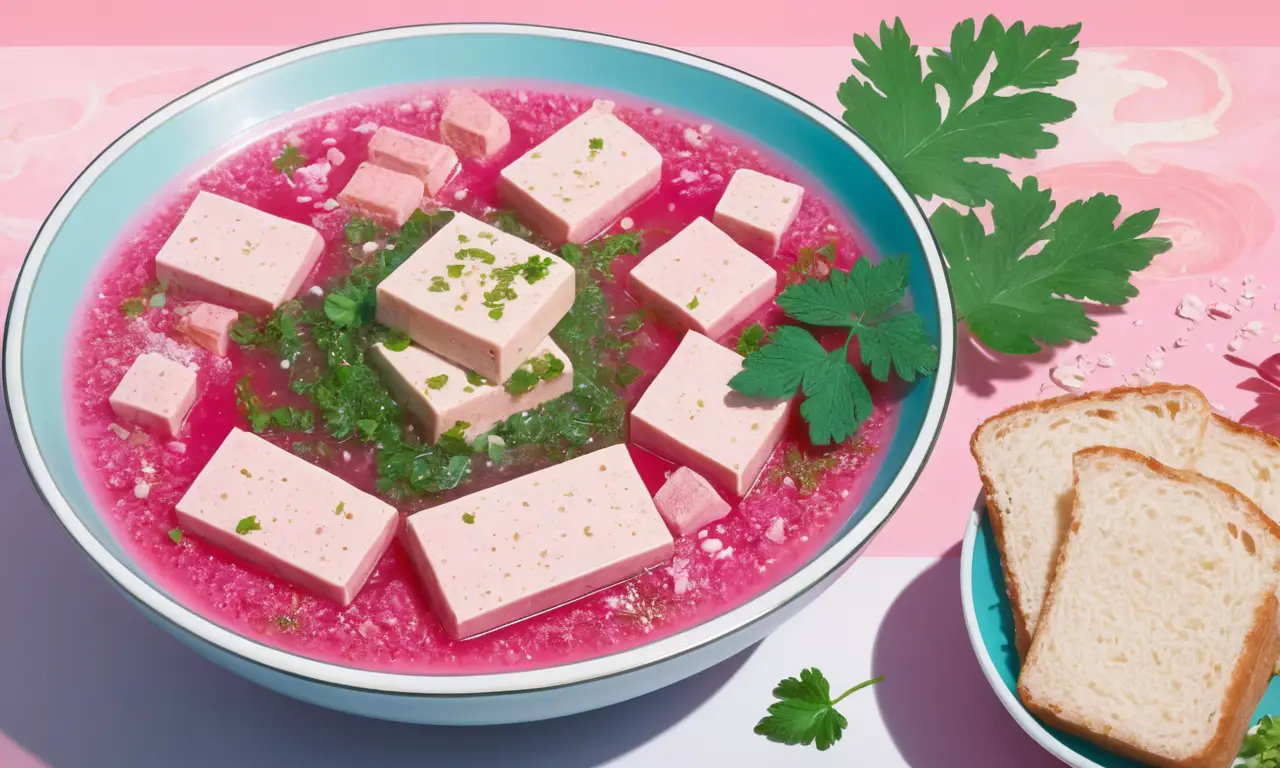
Gelatin is a versatile ingredient found in countless foods and products, from desserts to pharmaceuticals. This protein derived from collagen provides a unique gelling and thickening property that enhances texture and stability. While gelatin’s origins are primarily animal-based, understanding its sources and alternatives allows for informed choices aligned with dietary preferences.
This article delves into the world of gelatin, exploring its diverse sources, various types, and readily available vegan alternatives. We’ll also address the common question: does all gelatin have pork? By shedding light on these aspects, we aim to empower you to make conscious decisions about the gelatin you consume.
Gelatin Sources
Gelatin production begins with collagen extraction from animal tissues. Collagen is a fibrous protein abundant in connective tissues like skin, bones, and cartilage. Different animal sources yield varying qualities of gelatin, influencing its characteristics and applications.
Common gelatin sources include:
- Pigs: Pork-derived gelatin is widely used due to its affordability and high gelling strength. It’s often found in confectionery, jellies, and savory products.
- Cows: Bovine gelatin, sourced from cattle hides and bones, is known for its excellent clarity and stability. It’s commonly used in desserts, marshmallows, and photographic emulsions.
- Fish: Fish gelatin, derived from scales and skin, offers a unique flavor profile and is often preferred in Asian cuisines. It’s also gaining popularity as a sustainable alternative.
Types of Gelatin

Gelatin comes in various forms, each tailored for specific applications:
- Powdered Gelatin: The most common form, readily dissolves in liquids and is versatile for use in desserts, candies, and savory dishes.
- Blooming Gelatin: This type requires pre-hydration before use, resulting in a firmer gel with enhanced stability. It’s often used in high-quality confectionery and culinary applications.
- Liquid Gelatin: Pre-dissolved gelatin available in various concentrations, convenient for quick incorporation into recipes.
Vegan Gelatin Alternatives
For individuals adhering to vegan or vegetarian diets, plant-based alternatives offer a suitable substitute for traditional gelatin:
- Agar-agar: Derived from seaweed, agar-agar provides a firm gel with a neutral flavor. It’s commonly used in Asian desserts and savory dishes.
- Pectin: Extracted from fruit peels and seeds, pectin forms a gel when combined with sugar and acid. It’s widely used in jams, jellies, and some vegan candies.
- Carrageenan: A seaweed-derived gelling agent that creates a thick, viscous texture. It’s often used in dairy-free products and processed foods.
Pork in Gelatin

Addressing the common question: does all gelatin have pork? The answer is no. While pork-derived gelatin is prevalent, it’s not the only source.
Gelatin can be sourced from various animals, including cows, fish, and even poultry. When purchasing gelatin, always carefully examine the ingredient list to confirm its origin and ensure it aligns with your dietary preferences.
Choosing the Right Gelatin
Selecting the appropriate gelatin depends on the intended application:
- Desserts: Powdered or blooming gelatin works well for creating firm gels in cakes, mousses, and puddings.
- Savory Dishes: Liquid or powdered gelatin can be used to thicken soups, stews, and sauces.
- Confectionery: High-quality blooming gelatin is preferred for candies and gummies due to its superior clarity and stability.
Conclusion
Gelatin’s versatility makes it a valuable ingredient in various culinary and industrial applications. Understanding its diverse sources, types, and vegan alternatives empowers consumers to make informed choices that align with their dietary needs and preferences. By carefully examining ingredient lists and considering the intended application, you can confidently select the right gelatin for your specific requirements.
